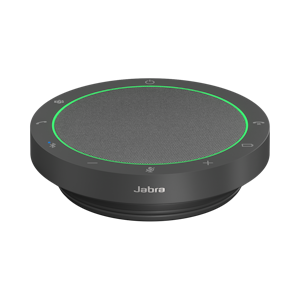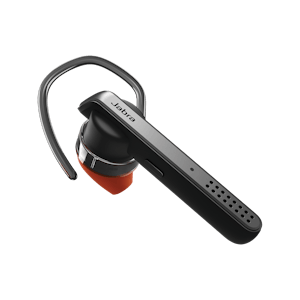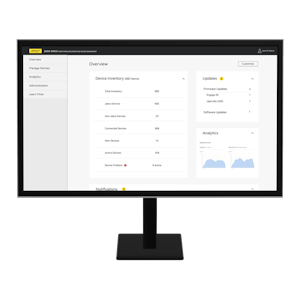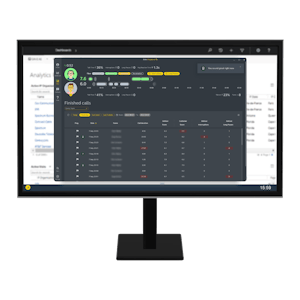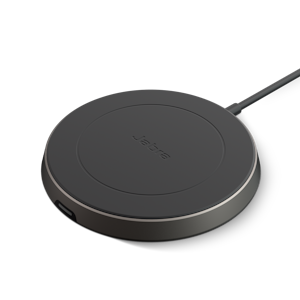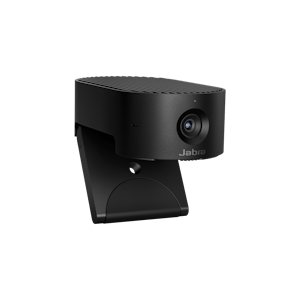Products
Hearing aids
Enhance Plus
Miniaturized 3-in-1 earbuds for hearing enhancement, music and calls
Learn moreAll hearing products
Enhance the sound. Not the noise.
Learn moreJabra Enhance™
Everything you need for better hearing – get advanced hearing aids and expert care at JabraEnhance.com.
Learn moreJabra Enhance™ Pro 20
Enjoy all the sounds you love with premium hearing technology. Exclusively available at Costco.
Learn moreJabra Enhance™ Pro 20
Enjoy all the sounds you love with premium hearing technology. Exclusively available at Costco.
Learn more


